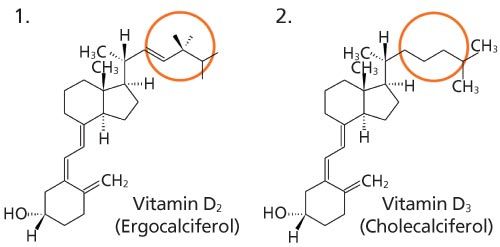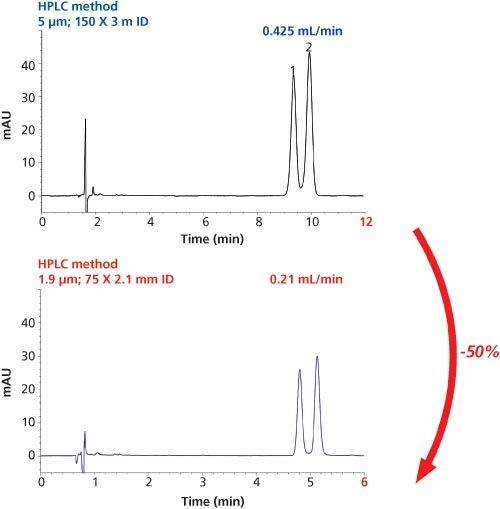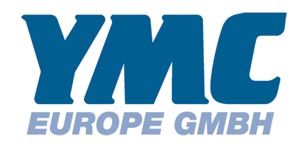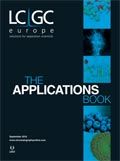Vitamin D2 and D3 Separation by New Highly Hydrophobic UHPLC/HPLC Phase
The Application Notebook
Separations of structurally similar compounds such as vitamin D2 and vitamin D3 are very challenging.
Vitamin D2 (ergocalciferol) and D3 (cholecalciferol) can be found in different foods including fatty fishes, meat, egg, and some mushrooms. Both compounds are (indirectly) involved in a number of biological functions in the body, including bone metabolism and enhancement of intestinal absorption of calcium, iron, magnesium, phosphate, and zinc. A regular intake of vitamin D therefore is essential.
Figure 1: Structures of vitamin D2 and vitamin D3.

Standard C18 columns are not able to fully separate the two vitamins. A very hydrophobic phase with a higher carbon coverage and therefore a greater density of C18 chains is required. The highly hydrophobic phase YMC-Triart C18 ExRS (carbon load 25%!) is able to separate these two.
Figure 2: Easy method transfer HPLC <-> UHPLC as a result of full scalability.

The isocratic high performance liquid chromatography (HPLC) method for vitamin D2 and D3 separation, using a 5 μm YMC-Triart C18 ExRS column, can easily be transferred to a ultrahigh-performance liquid chromatography (UHPLC) method using a 1.9 μm column, thereby reducing the analysis time by 50%. Furthermore, the resolution can be increased, resulting in a full baseline separation.
YMC-Triart C18 ExRS (5 µm, 8 nm), 150 × 3.0 mm
YMC-Triart C18 ExRS (1.9 µm, 8 nm),
75 × 2.1 mm

YMC Europe GmbH
Phone: +49 2064 4270
E-mail: info@ymc.de
Website: www.ymc.de

Detecting Hyper-Fast Chromatographic Peaks Using Ion Mobility Spectrometry
May 6th 2025Ion mobility spectrometers can detect trace compounds quickly, though they can face various issues with detecting certain peaks. University of Hannover scientists created a new system for resolving hyper-fast gas chromatography (GC) peaks.
University of Oklahoma and UC Davis Researchers Probe Lipidomic Profiles with RP-LC–HRMS/MS
May 6th 2025A joint study between the University of Oklahoma Health Sciences Center (Oklahoma City, Oklahoma) and the UC Davis West Coast Metabolomics Center (Davis, California) identified differentially regulated lipids in type 2 diabetes (T2D) and obesity through the application of reversed-phase liquid chromatography-accurate mass tandem mass spectrometry (RP-LC-accurate MS/MS).
Automated Sample Preparation (ISO 20122) for MOSH/MOAH in Seasoning Oils
May 6th 2025This work presents an Automated Sample Preparation procedure for MOSH/MOAH analysis of Seasoning Oils. We compare results from a manual epoxidation procedure compliant with DIN 16995 with results based on fully automated sample preparation (epoxidation and saponification) compliant with ISO 20122. In both cases, online clean-up via activated aluminum oxide (AlOx) are used to remove interfering n-alkanes from the MOSH fraction during the HPLC run. Automated data evaluation using a dedicated software (GERSTEL ChroMOH) is presented.

.png&w=3840&q=75)

.png&w=3840&q=75)



.png&w=3840&q=75)



.png&w=3840&q=75)
















